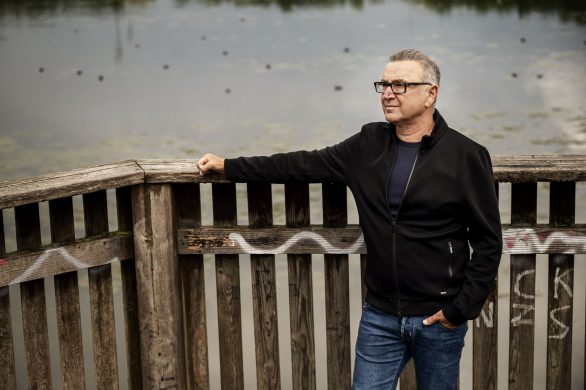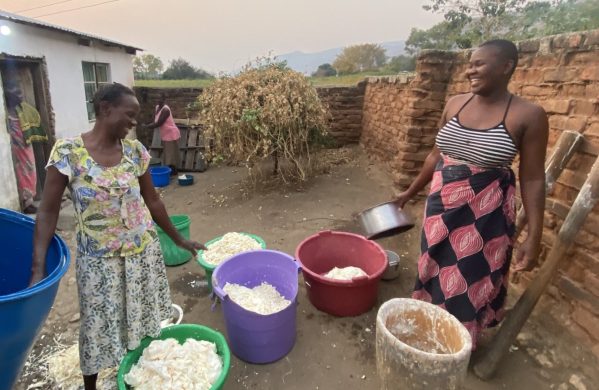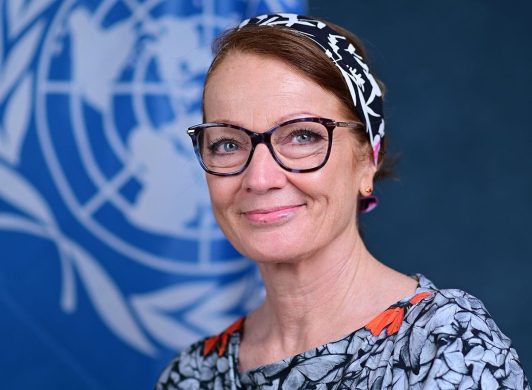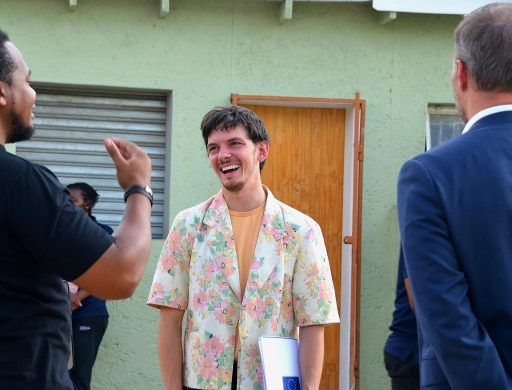Et nyt initiativ skal støtte 300 af de største storbyer i u-lande, så de kan udvikle sig på en klimasmart måde med et minimum af CO2-udledninger, skriver Verdensbanken onsdag.
What do Kampala and Rio de Janeiro have in common? At first sight, the capital of landlocked Uganda and the megacity on the Brazilian coast may appear very different, but they share more than meets the eye.
Both cities are taking action to manage the challenges that come with rapid urbanization and climate change by designing their own low-carbon development paths.
In Rio de Janeiro, the city government has developed a comprehensive plan to reduce its emissions and to build resilience to the impacts of climate change – from creating a greenhouse gas inventory to monitoring climatic risks in a state-of-the-art operations center to implementing a variety of low-carbon measures, including a bike share system, doubling the city’s network of bike paths, and ensuring basic sanitation in Zona Oeste. Kampala is taking stock of its greenhouse gas emissions and conducted its first inventory in 2012.
Their work is a glimpse into the future. Today, the World Bank announced a new Low-Carbon Livable Cities (LC2) Initiative to support developing country cities around the world in their efforts to plan low-carbon, climate-smart development and get finance flowing.
The initiative – which aims to reach 300 of the largest developing country cities in the next four years – offers a comprehensive suite of tools and activities tailored to cities’ specific needs and level of progress on their climate-smart development path, ranging from greenhouse gas inventories and assessments to low-carbon investment planning and financing solutions.
“Climate change poses one of the toughest challenges facing us today. It’s an economic issue that has the potential to put prosperity out of the reach of millions of people,” said World Bank Group President Jim Yong Kim.
“Cities offer a unique opportunity to tackle climate change. There are many cities in the developing world that want to take a climate-smart development path, and that is where our new initiative comes in.”
Planning low-carbon, livable cities
When it comes to planning, the first step is to understand the problem at hand. A recent analysis by World Bank staff found that only about 20 percent of the world’s 150 largest cities have even the basic analytics needed for low-carbon planning.
A critical part of the Low-Carbon Livable Cities Initiative is to build that evidence base, together with partners including the C40 network, ICLEI, WRI and others, by rolling out the Global Protocol for Community Scale Emissions, a new and comprehensive methodology that quantifies the greenhouse gas emissions associated with economic activity and consumption occurring in a city.
The World Bank and its partners are developing an accreditation program to train city officials and private sector professionals to conduct greenhouse gas inventories using this methodology.
Those inventories will provide cities with a snapshot of their emissions profile and enable them to identify the mix of policies and investments that will help them achieve their full emissions reduction potential.
Unlocking private sector financing for low-carbon development
Smart planning is only one part of the solution. In order for those plans to be implemented, cities need to access the necessary financing. Over $1 trillion a year is needed to finance the infrastructure gap between what is needed and what is being built in low- and middle-income countries.
Official development aid alone is only about $125 billion today. The initiative offers tools that can leverage that aid to get other sources of financing flowing to cities.
Læs resten af artiklen her: http://www.worldbank.org/en/news/feature/2013/09/25/planning-financing-low-carbon-cities
Begynd ved: “An analysis by World Bank…”














